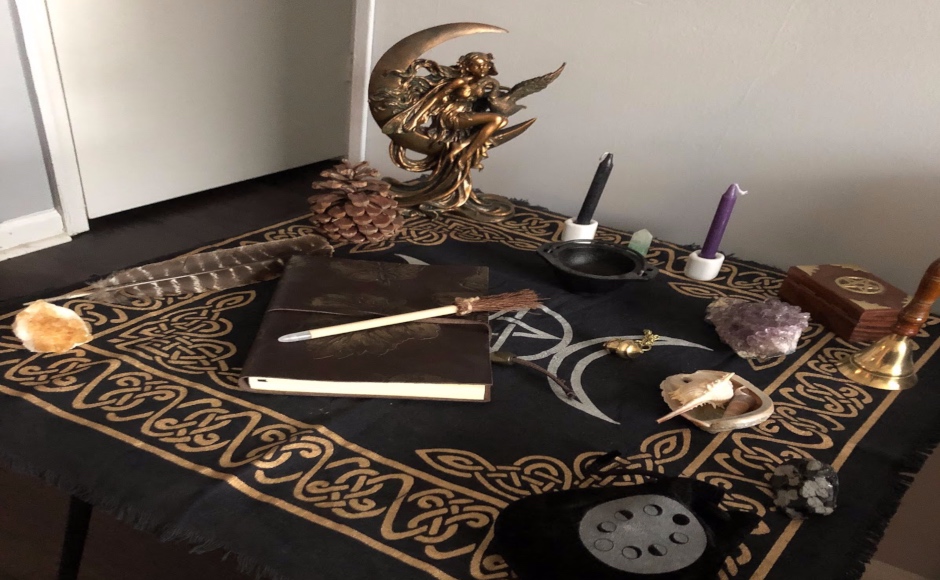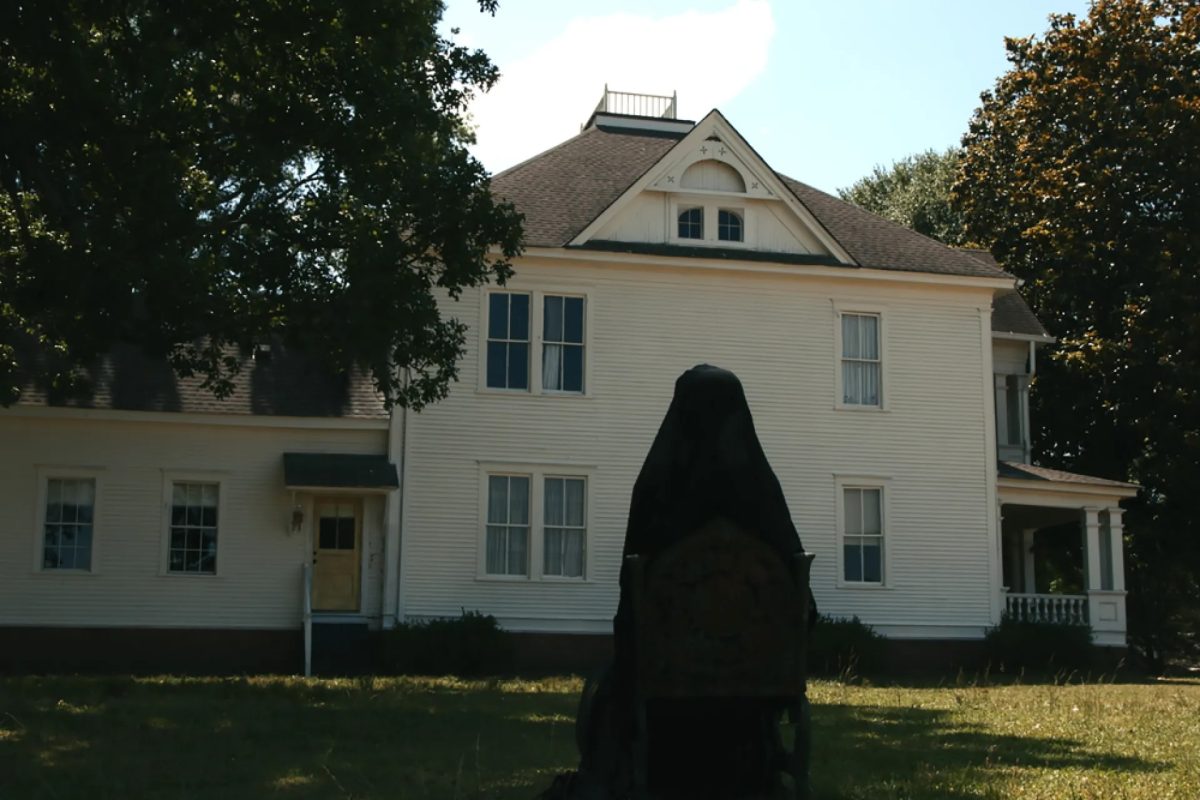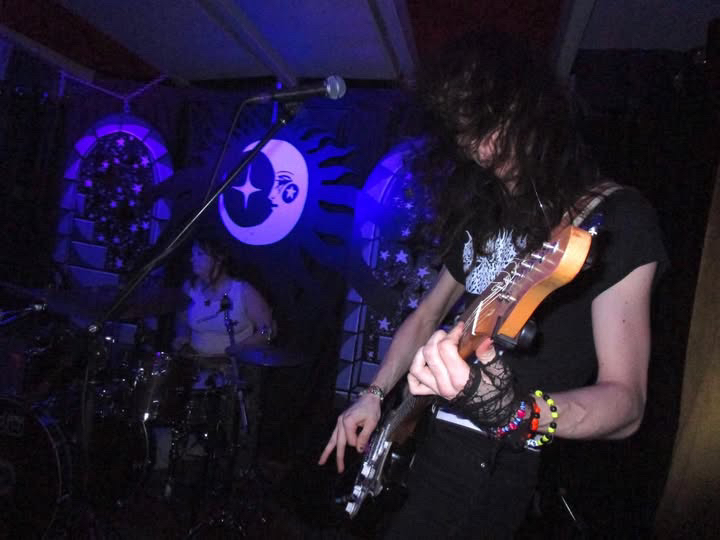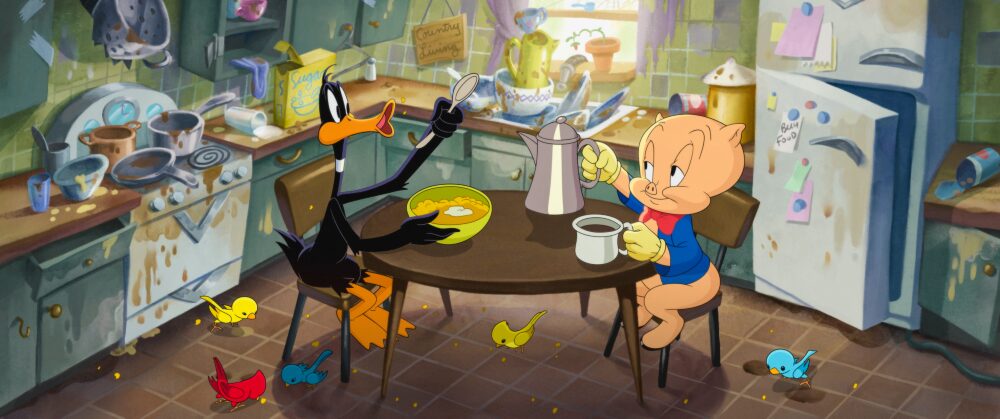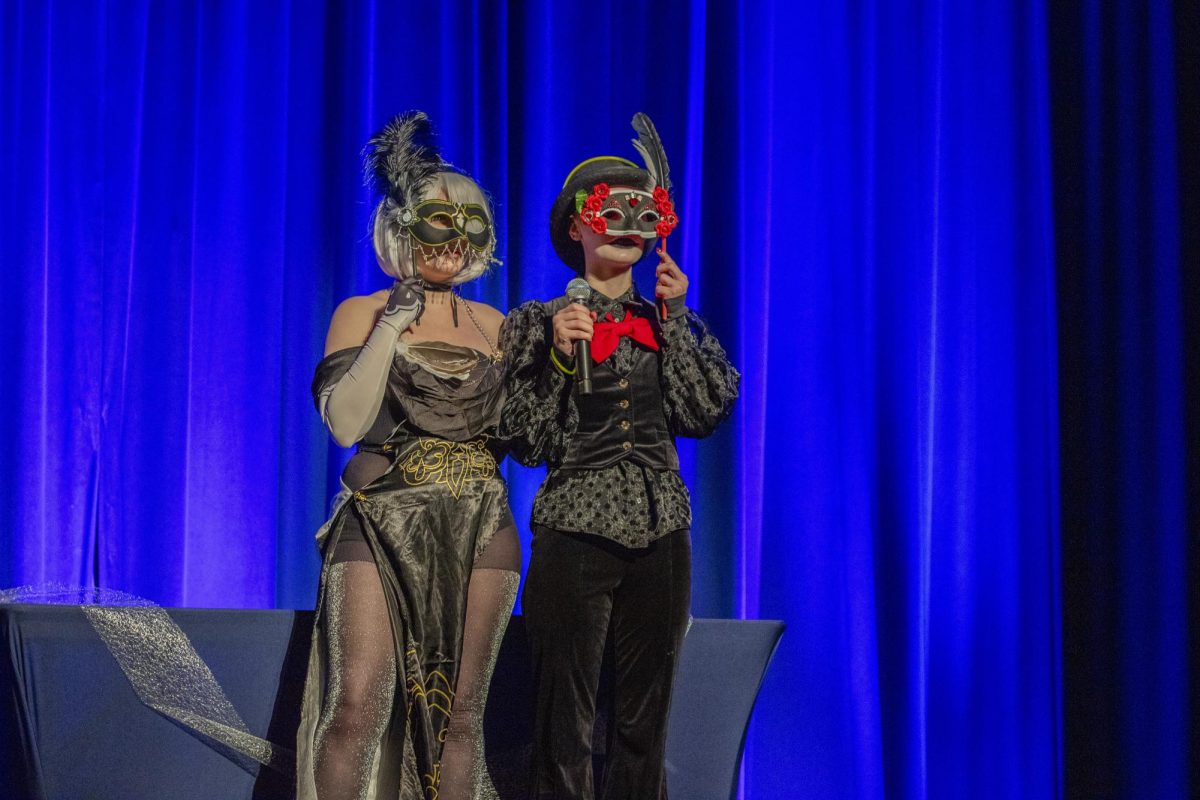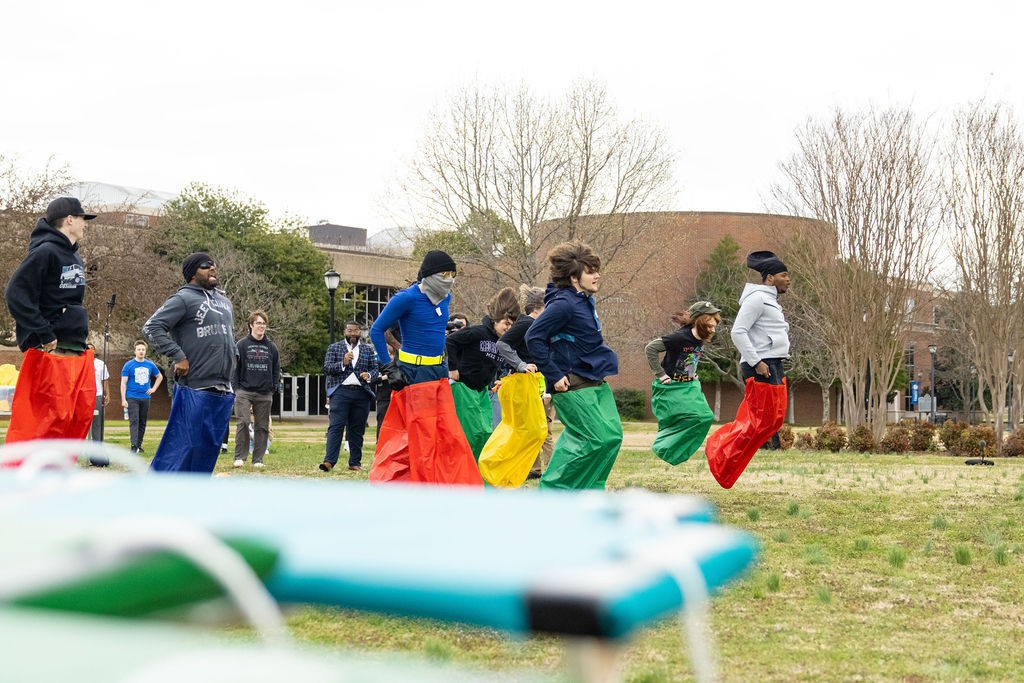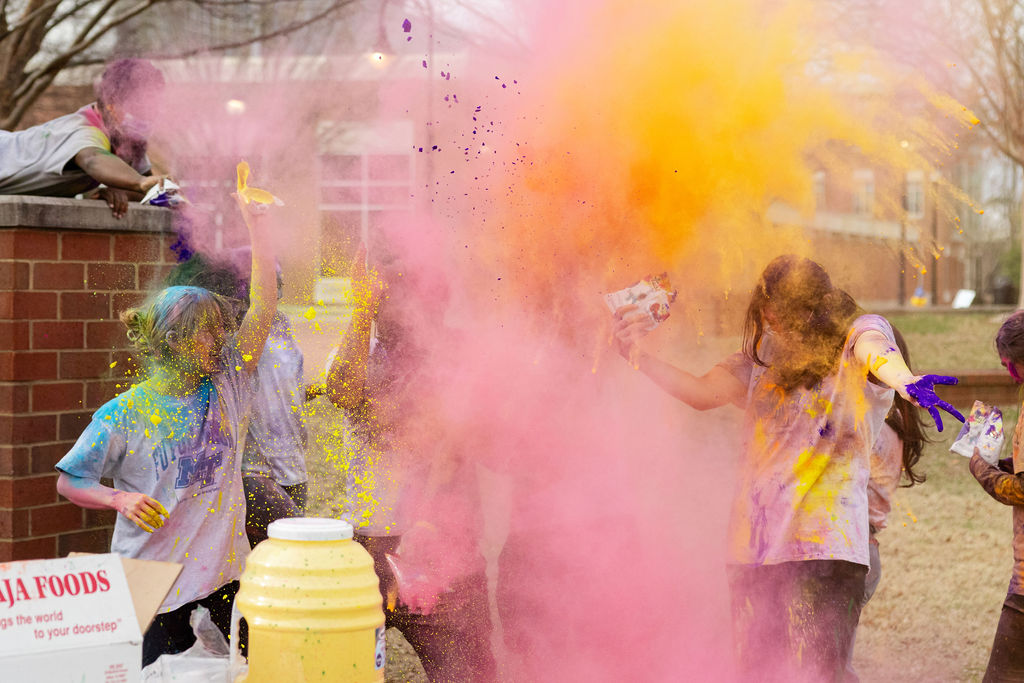Photo and story by Allison Borrell / Contributing Writer
“It’s about that energy you have with yourself and the synchronicity you have with the Earth and the nature around you,” said Lucious Rhoads, a Murfreesboro resident and 26-year-old practicing witch. “That’s where that power really is. It’s inner and outer.”
This is what witchcraft is for Rhoads, as well as many other modern witches. However, with its complex history and ability to be subjective and customizable, witchcraft can be anything for those who practice it.
Witchcraft and its origins
With origins dating back to the prehistoric era, there is no definitive start date to the practice of magic and the use of the Earth’s elements to manifest change in one’s life.
There are also no rules when it comes to practicing witchcraft. For some traditions, such as Wicca and Paganism, it’s tied to religion, and the presence of deities is significant. However, others approach it as simply being a practice and a lifestyle tool, which can be adapted to fit any religious or nonreligious background, from Christianity to atheism.
Witchcraft has several sources across the globe, much of which is tied to mythology, such as the Celtic, Norse, Egyptian and Greek traditions. In the U.S., witchcraft is a product of Europe, and it has been historically associated with the Salem witch trials that took place in Massachusetts at the end of the 17th century.
Despite the negative connotations that were linked with witchcraft following the witch trials, the practice saw a resurgence in the 1960s through increased interest in the occult as a result of astrology coming to the forefront and societal and religious norms falling to the wayside.
Modern witchcraft: How the ‘90s brought it back
After the ‘60s and ‘70s opened the dialogue regarding more occult-related topics and practices, the ‘90s popularized it through entertainment media. J. K. Rowling’s Harry Potter series resulted in a skyrocketed interest in all things magic. Shows like “Charmed” and “Sabrina the Teenage Witch,” as well as the movies “The Craft,” “Practical Magic” and “Hocus Pocus” also helped to elevate witchcraft and slowly strip it of its taboo nature.
Once the entertainment industry reignited people’s interest in it, witchcraft has slowly crept its way from the fringes of society into the mainstream today. Nowadays, there are stores dedicated to witchcraft and spirituality, and the internet is full of sites like Spell Guru, where witches can discover all kinds of spells and crystals. The ancient practice continues to be a prime subject for shows and movies, like “American Horror Story: Coven” and adaptations of ‘90s classics, like Netflix’s “The Chilling Adventures of Sabrina” and the new “Charmed” that was released in 2018.
Beyond entertainment, witchcraft has also become deeply ingrained in other industries. In 2018, major beauty retailer Sephora announced they were launching a $42 “Starter Witch Kit” in collaboration with Pinrose that included a crystal, a bundle of sage, a tarot card deck and several Pinrose perfumes. However, the kit was pulled before it even launched due to backlash from practicing witches who believed it was being sold for an aesthetic rather than educational and spiritual purposes.
There’s no doubt that witchcraft has been adapted from its traditional form to better suit modern practicing witches, but major retailers capitalizing on it have been met with criticism. However, it can be argued that this has allowed the dialogue surrounding witchcraft to continue, leading to more people becoming invested in it.
Murfreesboro Witches
In Middle Tennessee, witchcraft isn’t a highly talked about subject. However, online, it’s a different story. On Facebook, there are several pages and groups dedicated to connecting witches and Pagans, like the Nashville Coven Network, Murfreesboro Pagans and Middle Tennessee Pagan Events.
Rhoads is one of the witches who frequents these groups and has found a community of like-minded people through them.
Rhoads grew up during the ‘90s when fictional witches were all over TV, and she says this is a big part of what led her to witchcraft later in life.
“I have always been intrigued with otherworldly things,” Rhoads said. “Even as a kid, those were my favorite kinds of shows … I remember watching movies like ‘The Craft’ and shows like ‘Charmed.’ Those were my things.”
It was the aspect of magic that really drew Rhoads to witchcraft when she was a kid. Although she knew the kind of magic she saw in the movies wasn’t real, she says it’s a great stepping stone toward learning more.
“As a kid, you’re not looking into the history of it … You’re just wanting to do like ‘The Craft’: change your eye color, look different, make people float,” Rhoads said. “It’s that magic that comes with it when you’re a kid that also helps ignite that passion that’s there.”
As Rhoads got older, she had an off-and-on relationship with witchcraft, but it was only within the past year that she really began honing her craft. Now, Rhoads considers herself an eclectic, or someone who brings in aspects of witchcraft from several different traditions in order to create the practice that works best for her. The customization of modern witchcraft compared to other practices and religions is what keeps her wanting it in her life.
“Nowadays, you can pick and choose and make it how you feel you need it,” Rhoads said. “And for someone who is quite eclectic and quite diverse … it’s really what I’m looking for.”
Much of Rhoads’ practice involves working with nature. She grows her own herbs at home and plans on expanding that by making her own natural tinctures and salves and someday having her own apothecary. One of her hobbies is bone hunting and, when she’s in the woods seeking out animal bones, she makes it a point to give back to nature and thank the area she’s taking from by pulling down dead tree limbs and gathering any trash she stumbles upon.
The importance of nature is very significant to witchcraft, and it’s the foundation for many practitioners’ spirituality. For 22-year-old Pagan Samuel Kafka, his belief in the power of nature is what brought him to the Pagan spirituality with some incorporation of witchcraft.
Growing up in a Catholic family in a small town in Minnesota, Kafka always had questions about the faith he was raised on. This eventually led to him renouncing Catholicism to seek out his own path.
“I would constantly question priests, teachers and the like on holes in their teachings,” said Kafka. “I decided that I believed in power and spirit, but the only place it exists … is in nature.”
After researching Paganism, Kafka found himself drawn to the Norse deities.
“(They’re) strong, honorable and with knowledge held in high regard,” said Kafka. “It just made sense to me.”
Kafka says he tries to live every day with “honor and respect for myself, others, nature and the gods.” He does this not only through daily and weekly rituals, but through meditation and working in an altar space to reflect on nature and the gods’ teachings. He keeps these ideals close to him by going out of his way to help animals, carrying objects like brass, leather and wood on him during the day and working with natural medicine.
“When you love someone, you want to do things with them and bring them along when you do mundane tasks,” said Kafka. “I appreciate the gods and nature being close even when the tasks are simple.”
Much like Kafka, 29-year-old witch and neopagan George Luttmann grew up in a small town before moving to Murfreesboro, where he felt like he was the only one with beliefs like his. Because of this, most of his path has been solitary.
Luttmann was first introduced to witchcraft as a sophomore in high school. One of his peers was a self-identifying witch who wore a pentagram. His curiosity was sparked, and he began asking her questions about her spirituality, and eventually she gave him a book on Wicca. However, it wasn’t until he had moved to Texas a couple years later and came across Ann-Marie Gallagher’s “The Wicca Bible” and Simon’s “Necronomicon Spellbook” in a used bookstore that he really became interested.
Luttmann says it was the spellbook that opened the door for him to explore magic and witchcraft. After performing a ritual in the book to invoke “Zisi, a Sumerian spirit that knows the whereabouts of hidden treasures,” he found a $100 bill in a parking lot. This experience is what sold him on wanting to learn more.
Since then, Luttmann has taken the eclectic approach to his craft, combining elements of neopaganism, naturism and chaos magic.
“Neopaganism spoke to me better than the contemporary religions of our day,” said Luttmann. “A lot of (them) place mankind as being separate from nature … Man is very much part of nature.”
Luttmann uses witchcraft as a way to make things happen in his life, which is where chaos magic, or results-based magic, becomes a vital part of his daily practice.
“If I have a goal I’m trying to accomplish, and I feel I need help, I’ll do a spell,” Luttmann said.
Thirty-year-old Amanda Lepley’s journey to practicing witchcraft started a bit differently from the others. As a kid, she says she started having visions and later discovered she had a heightened sensitivity to other people’s emotions. Growing up in McMinnville, Tennessee, Lepley felt like she couldn’t relate to others around her, but she was able to speak openly about her experiences with her grandmother.
“She was really the only one I was able to go to and talk to about it,” said Lepley. “She accepted me, and she used to tell me stories about how her mother was like that and how other family members were like me.”
Despite having these experiences when she was young, Lepley didn’t start fully practicing witchcraft until about five years ago. Since then, she has been on an eclectic path like Rhoads and Luttmann, incorporating spellwork, crystal healing, meditation and the studies of astral travel and past life regression into her practice. She also follows a mixture of Greek and Egyptian deities within her tradition.
Witchcraft has been all about the learning experience for Lepley, something she says is an important part of why she practices.
“It’s a constant learning process,” said Lepley. “You’re learning about yourself, you’re learning about everyone around you and the Earth and your history. There’s just so many things that you learn about (with witchcraft).”
Moving Forward
Whenever a subculture or alternative lifestyle moves its way from the fringes of society into the mainstream, it tends to become popularized in a more trendy and surface-level way. This has definitely happened with witchcraft, with articles like Nylon’s “The Cool Girl’s Guide to Being a Witch” becoming the norm for how witchcraft is talked about in the media.
But this hasn’t stopped the witches of Murfreesboro from seeing its recent rise in popularity in a positive light. For Rhoads, seeing people take an interest in it is exciting, but she emphasizes how important it is that people take the time to understand what witchcraft really is.
“Do your research,” said Rhoads. “You have an entire world at your fingertips … Even with experienced witches, your research is never done. You can always learn more.”
To contact Lifestyles Editor Mamie Lomax, email lifestyles@mtsusidelines.com.
For more updates, follow us at www.mtsusidelines.com, on Facebook at MTSU Sidelines and on Twitter at @Sidelines_Life.


